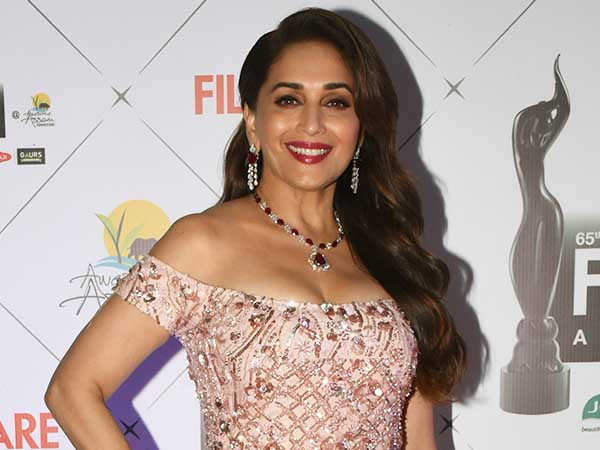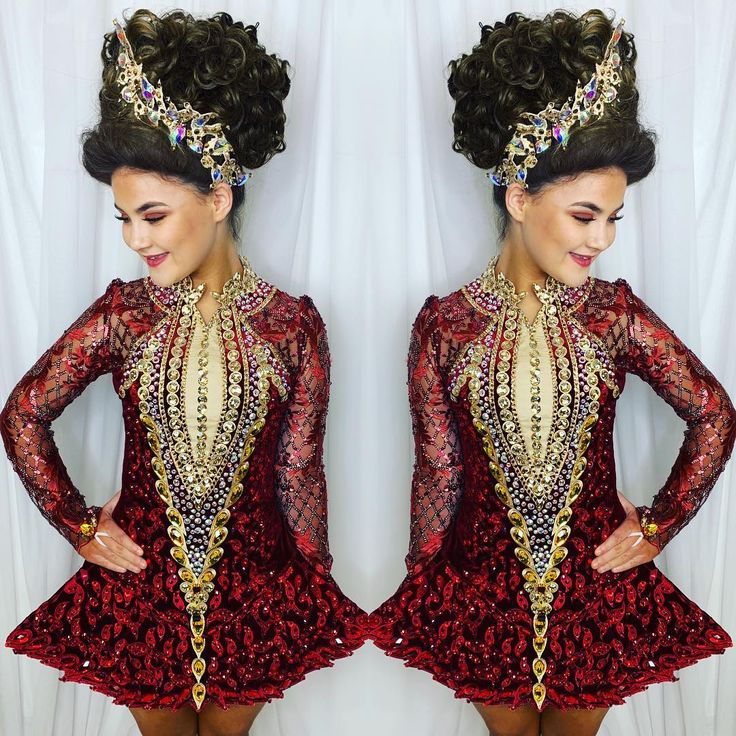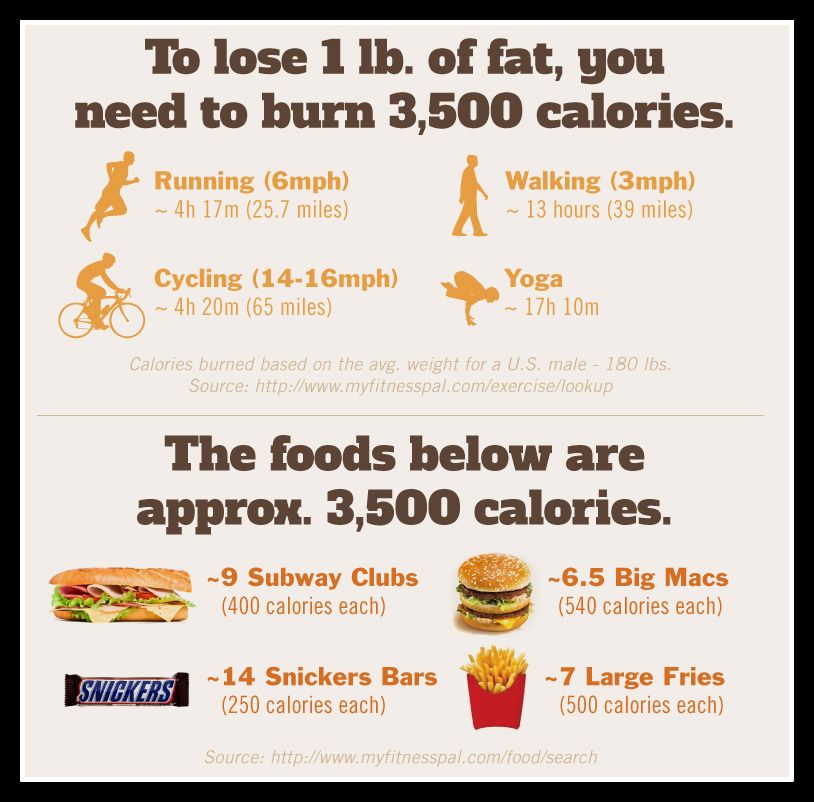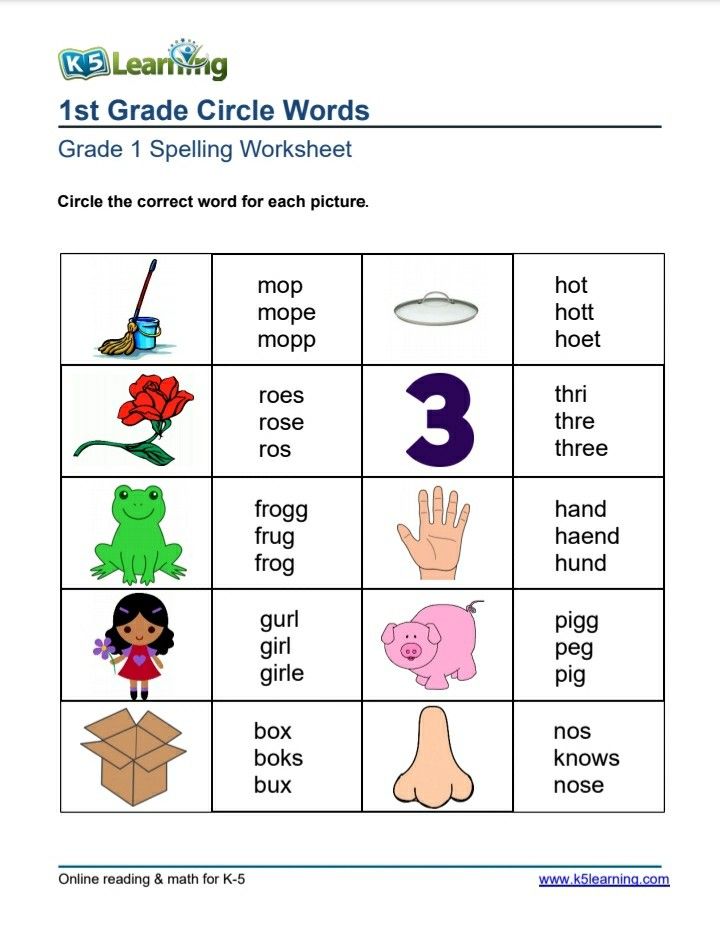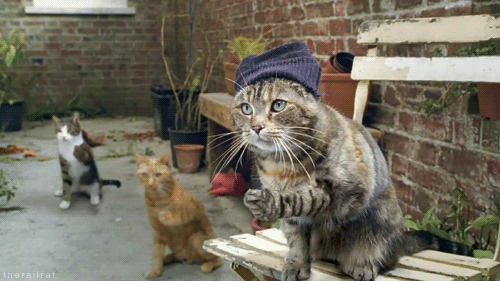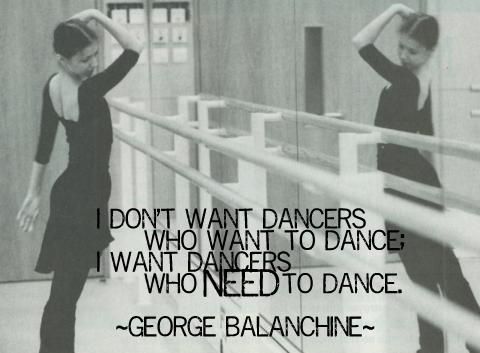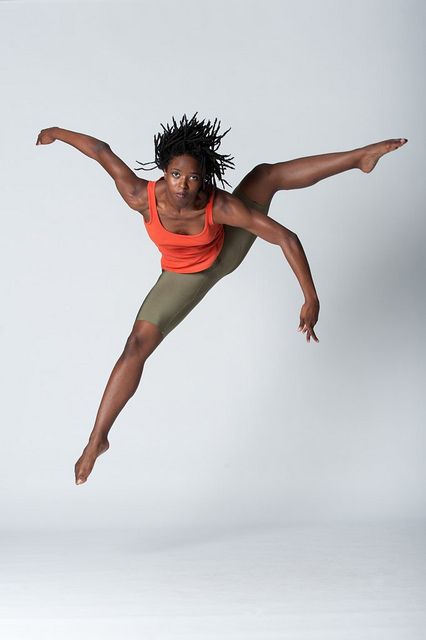How to choreograph a dance for an audition
How to Choreograph a Dance Routine
Dancing is your passion and that’s exactly why you’re auditioning for an NFL or NBA pro cheerleading team. Each team has their own set of audition requirements, and when it comes to the dance part, some teams require candidates to choreograph a dance routine for the preliminary rounds.
This can be intimidating and stressful for some. The good news is that choreographing is a skill that you can learn with practice and a list of tips (which we’ll help you with). Here’s how to get started.
Find inspiration online!
Yes, you can definitely watch videos online to help you generate ideas. Try typing “hip hop dance choreography” and “contemporary jazz dance choreography” on YouTube. Another great tip would be to check out some of the Dallas Cowboys Cheerleaders’ videos on their channel.
Incorporate unique movements.
While nailing basic movements — for example, the running man hip-hop move — take it to the next level by incorporating a new move. That will make your dance performance stand out and memorable.
Check out this awesome choreography featuring “River” by Bishop Briggs:
Break it into sections.
Instead of trying to master an entire dance choreography at once, chunk it into smaller sections. By doing this, you’ll be able to memorize and master it, plus it’ll save you from unnecessary pressure. Practice a section as often as possible. It will even help to record yourself, so you can review your performance.
Don’t hesitate to make edits along the way.
As you progress with your dance practice, you might realize that certain moves need to be improved. In that case, don’t be afraid to make changes if you think it’ll make your choreography more exciting and creative.
Read more: 9 Tips for Safe Dance Practices
Tell a story.
Think about what your dance character will be, then consider your movements and tie those movements to specific emotions. When you’re performing on stage, your audience can easily recognize emotion based on your moves. Use this to connect with them.
Consider your dance attire.
Before planning your choreography, make sure to check your dream team’s requirements on what to wear during the auditions. You’ll want your dance to complement your outfit. As an additional tip, avoid wearing any jewelry that could get caught in your hair or clothing, and make it difficult for you to execute your moves properly.
Work through mental blocks.
A lot of aspiring dancers and pro cheerleaders operate with perfectionism, which can become a barrier to creativity. When you start feeling anxious, remind yourself why you love dancing. Looking at the positive side of this whole experience can get you excited.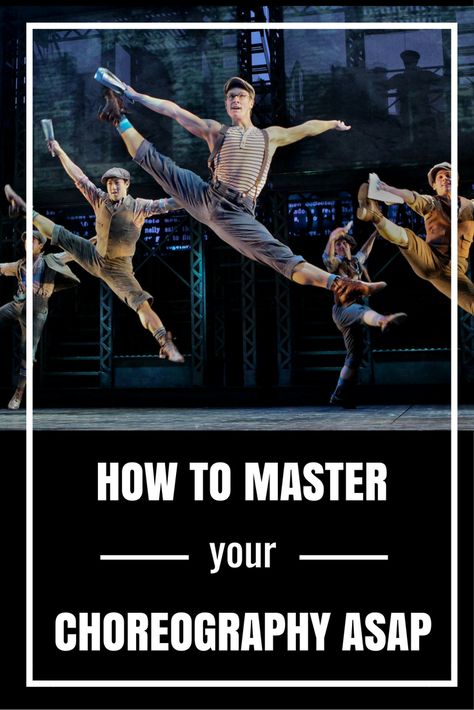 More importantly, learn to take breaks instead of forcing yourself to master something. You’ll come back refreshed.
More importantly, learn to take breaks instead of forcing yourself to master something. You’ll come back refreshed.
Read more: How to Combat Low Energy and Fatigue in Dancing
Final Thoughts
Use these tips as starting points for putting together your dance routine. As a final piece of advice, learn from the actual experiences of previous auditionees. Some teams publish audition dance video clips (on their official website) which can give you more insight. Create something that will make you proud!
Do You Picture Yourself As A Professional Cheerleader? Get Expert Advice From Someone Who's Been There.
If you dream of joining a dance team audition but have no idea on how to get started, my book entitled Professional Cheerleading Audition Secrets: How To Become an Arena Cheerleader for NFL®, NBA®, and Other Pro Cheer Teams will guide you every step of the way.
I wrote this book because I WOULD LOVE FOR YOU TO DISCOVER the best tips and advice on staying fit and beautiful, adopting the right mindset, maintaining your image, and more. .. so you can MAKE YOUR DREAM TEAM!
.. so you can MAKE YOUR DREAM TEAM!
My tips are based on my 20+ years of experience in the professional cheerleading industry.
Grab a copy of my book by clicking the text or image below:
Professional Cheerleading Audition Secrets: How To Become an Arena Cheerleader for NFL®, NBA®, and Other Pro Cheer Teams
Mastering Your Next Dance Audition — A Dancer's Life
Pictured: Dancers auditioning and taking class during The Victorian Dance Festival
There’s no experience quite like a dance audition. From pinning on your audition number, to dancing for an audience of watchful adjudicators, auditions are a unique, exhilarating, and occasionally nerve-wracking experience. Nailing auditions takes time, practise, and a few helpful hints; luckily, we’ve got you covered! Whether you’re about to do your first audition, or you’re a seasoned auditionee, here’s some tips for mastering every dance audition.
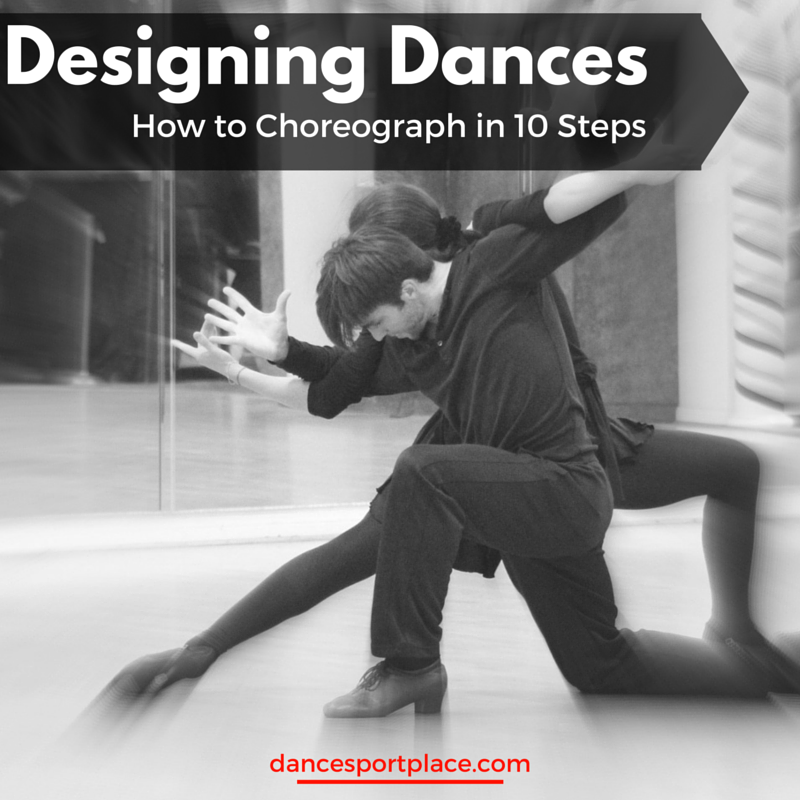
Pictured: Dancers auditioning and taking class during The Victorian Dance Festival
Get your Z’s
I learnt the importance of this tip the hard way so you don’t have to! It was the night before the most important dance audition I had ever done. I’d been rehearsing for months, and was certain I was ready for anything. So, with my audition outfit laid out on the hotel chair and my solo music playing on repeat in my head, I went to bed…and couldn’t fall asleep. Five hours later, as the morning crept closer and closer, I was still wide awake. Needless to say, I did not do my best audition! I was unfocused, clumsy, and struggled to stay awake, let alone impress the adjudicators. What did I learn? Skipping a good night’s sleep is not an option. Maintaining a healthy sleep routine is vital audition preparation; turn off all electronics at least an hour before bed time, keep your room cool and dark, and aim for at least 7 hours of deep sleep every night to ensure that your brain and body are ready for optimal performance. If you’re still finding it difficult to fall or stay asleep, try putting a few drops of calming essential oil on your pillowcase. For more information on getting your Z’s, check out our Five Simple Tips for a Restorative Night’s Sleep.
If you’re still finding it difficult to fall or stay asleep, try putting a few drops of calming essential oil on your pillowcase. For more information on getting your Z’s, check out our Five Simple Tips for a Restorative Night’s Sleep.
Feel beautiful (or handsome!)
The most common piece of advice given to young auditionees is this: present yourself well. From choosing the right leotard/outfit colour, to wearing a neat hairstyle and clean shoes; it’s no secret that dressing well is a key element of nailing an audition. However, no matter what you choose to wear on the day of your audition, prioritise feeling amazing! This means choosing an outfit and hairstyle you’re comfortable in and truly enjoy wearing. Consider the colours and designs you love, and play with showing off your personality through your look. You want to feel authentic, confident and comfortable – this way, you’ll easily stand out in the crowd! Always make sure you’ve danced in your outfit and hair style at least once before the audition. You don’t want to be caught off guard by a loose leotard strap or your hairstyle falling out in the middle of an exercise. Shop our collection to find your perfect audition outfit:
You don’t want to be caught off guard by a loose leotard strap or your hairstyle falling out in the middle of an exercise. Shop our collection to find your perfect audition outfit:
Pictured: Dancers auditioning and taking class during The Victorian Dance Festival
If you’re on time, you’re late!
Punctuality is a highly valued quality in the dance industry. Arriving at least 15 minutes early to the audition venue demonstrates respect for your adjudicators, teachers, and fellow dancers, and shows enthusiasm and commitment. Additionally, arriving early will leave you time to familiarise yourself with the space, warm up, and calmly handle any unexpected events, such as outfit malfunctions and audition nerves. You’ll also have more time to meet new friends; many of my closest dance friendships were made in the wings before auditions and performances!
Pictured: Joel Burke at The Victorian Dance Festival
Fuel your body
There’s nothing worse than trying to get through an entire dance class or performance without a water bottle; dehydration is dangerous, and certainly won’t help you do your best audition! Make sure to fuel your body well by bringing a full water bottle and a few nutritious snacks, such as muesli bars and fruit, to your dance audition.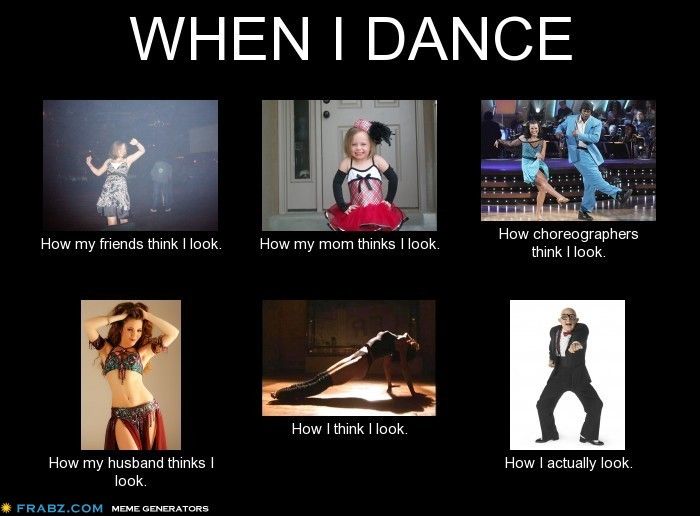 Always eat a healthy meal an hour or so before your audition, including a balance of carbohydrates, protein and fat - Tuna Feta Pasta is a great pre-audition meal! Check out some more delicious recipes here.
Always eat a healthy meal an hour or so before your audition, including a balance of carbohydrates, protein and fat - Tuna Feta Pasta is a great pre-audition meal! Check out some more delicious recipes here.
Learn relaxation techniques
Dance auditions can be stressful, especially if you have your heart set on a certain school or competition. Many dancers never learn the tools to handle their anxiety, and struggle to find their feet in auditions and performances. To ensure your nerves don’t get the better of you, learn a few relaxation exercises to do whenever you feel anxious, or just need to refocus your energy. Belly Breathing is a fantastic exercise to try out:
Pictured: Dancers auditioning and taking class during The Victorian Dance Festival
1. Position yourself comfortably, sitting or lying down.
2. Place your right hand on your belly and your left hand on your chest.
3. Breathe in deeply through your nose, focusing your breath into your belly.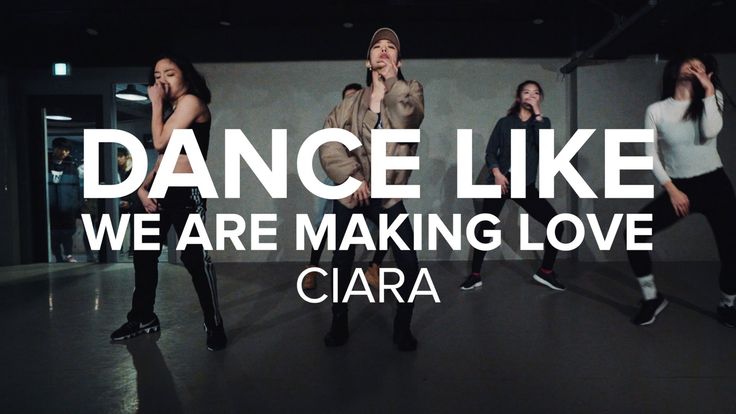 You’ll feel your right hand move up with your belly – your left hand should stay still.
You’ll feel your right hand move up with your belly – your left hand should stay still.
4. Breathe out through your mouth, releasing the breath from your belly.
5. Repeat this ten times. Breathe deeply and slowly, focusing your mind on your breath and ignoring any distractions around you.
6. Notice how relaxed you feel!
You’ll find that learning relaxation techniques will help you across all aspects of your life, keeping you grounded, present and in control.
Do a thorough warm-up
A common mistake young dancers make is assuming that dance auditions will include a warm-up. Remember, every audition is different! In one audition you may only do exercises at the barre, whilst in another you may move straight into jumps and turns. Therefore, it’s vital to be thoroughly warm and ready to handle any choreography thrown at you. Not only will warming up help you do a fantastic audition, but it will also prevent injuries and prepare you mentally. Include both dynamic and static elements in your warm up, such as light jogging and gentle stretching. If you’re a musical theatre performer, make sure to do a full vocal warm-up as well.
If you’re a musical theatre performer, make sure to do a full vocal warm-up as well.
Learn more about warming up here: Dance 101 The Importance of Warming Up.
Confidence is key
When an adjudicator/director is choosing dancers, they aren’t just looking for technical competence. They’re also looking for dancers with the confidence to perform in front of an audience; dance is a performance art, after all! Ask yourself: if you don’t believe in your own talent, why should anyone else? If you’re struggling to find confidence in yourself, fake it till you make it! Think of a professional dancer who inspires you, and pretend to be them for a day. Do they walk with poise? Yes! Do they look happy and relaxed? Absolutely! Are they hiding behind everyone else and staring at the ground? Of course not! No matter how nervous you are, prove to the adjudicators that you have the confidence to be a dancer.
Pictured: Dancers auditioning and taking class during The Victorian Dance Festival
Allow yourself to be seen
If you’re feeling unsure of yourself in an audition, you may be tempted to hide behind other dancers.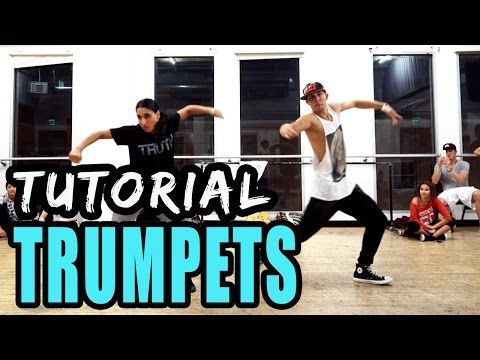 This is a big no! Whilst it’s important to be aware of other dancers, and not take up too much space for yourself, you also need to be seen by your adjudicators. Don’t shy away from standing in the front row or being the first dancer to complete an exercise; this will show that you are passionate, confident, and prepared, and will allow the adjudicators to spot your talent. Another great way to show your enthusiasm is to give something a go! If you’re taking an audition class, be the first to apply the teacher’s corrections or try a new combination.
This is a big no! Whilst it’s important to be aware of other dancers, and not take up too much space for yourself, you also need to be seen by your adjudicators. Don’t shy away from standing in the front row or being the first dancer to complete an exercise; this will show that you are passionate, confident, and prepared, and will allow the adjudicators to spot your talent. Another great way to show your enthusiasm is to give something a go! If you’re taking an audition class, be the first to apply the teacher’s corrections or try a new combination.
Pictured: Dancers auditioning and taking class during The Victorian Dance Festival
Be kind
As competitive as dance auditions can be, always remember to stay gracious. Being stand-offish and rude is never a good look, and makes the audition experience worse for everyone. Being friendly to others shows maturity, and puts you in good stead for the collaborative nature of being in a dance company or troupe.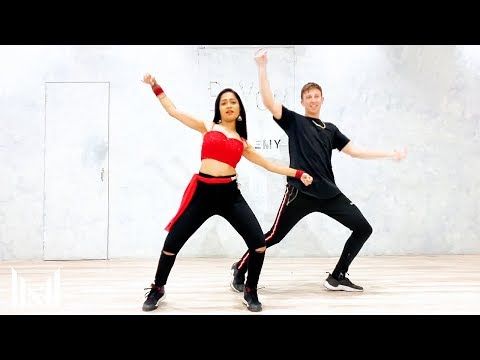 Auditions can also be a great way to meet dancers from other schools and companies and build new friendships. The dance world is small - you never know where you’ll meet your fellow auditionees again!
Auditions can also be a great way to meet dancers from other schools and companies and build new friendships. The dance world is small - you never know where you’ll meet your fellow auditionees again!
Have fun!
Focus on the process, not the outcome; as nerve-racking as auditions can be, try to enjoy every moment of the experience, and not worry too much about the final result. It’s not often that you have the chance to dance in front of an audience, and auditions are a fantastic opportunity to show off the results of all your hard work in the studio. Focus on being present in each exercise, and sharing your love of dance with your adjudicators, teachers and fellow dancers.
Pictured: On stage during The Victorian Dance Festival
Dance auditions are exciting, nerve-wracking, and a fantastic opportunity to perform for an audience. From getting adequate sleep, to being kind, remember these helpful hints before your next audition! Chookas!
Article by Taylor Venter
Photography by Elly Ford
Read More:
Leotards for Every Body
Dance Advice | Improving Your Memory For Choreography
Dance Advice | Why Am I Cramping?
Advice + Tips, Dance Advice, EmploymentEnergetiksDance auditions, How to audition, ballet audition, dance jobs, audition tips, dance audition tips, dance audition advice, successful dance audition, Taylor Venter, Dance 101, Audition GuideComment
0 LikesPlastic and dance: how to learn?
Dance is an art, and two components make it beautiful: plasticity and musicality (although for sports dances, another criterion of technicality is added).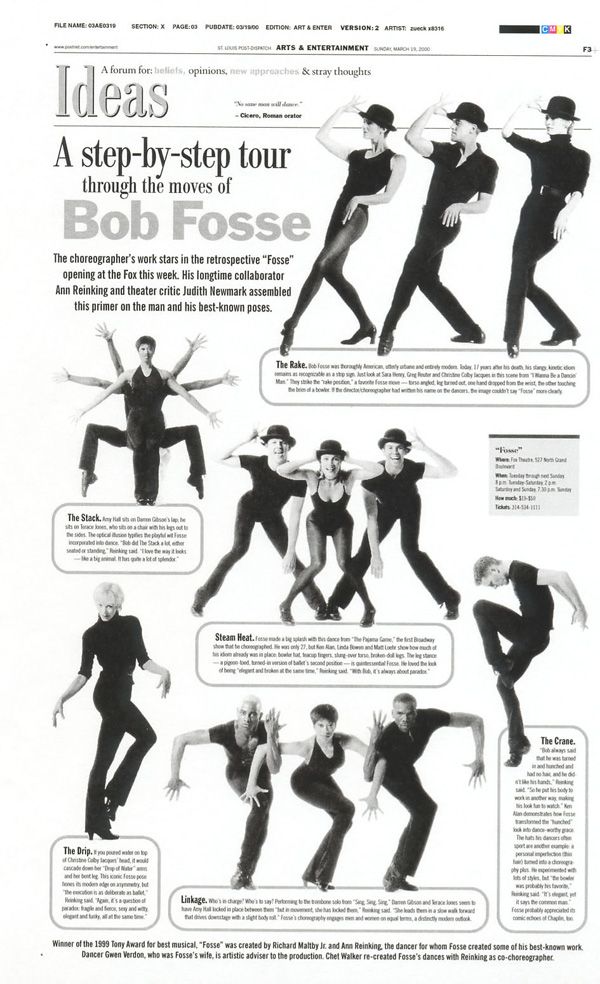 The first relates to working with your own body, and the second - with music, and they work only as a set. If you remove at least some element, the dance will not look harmonious, but will turn into ordinary movements with music playing in the background. We definitely do not need such an effect, and therefore special attention should be paid to these points. It is worth talking about musicality directly when listening to music and using examples, but for now let's focus on plastic.
The first relates to working with your own body, and the second - with music, and they work only as a set. If you remove at least some element, the dance will not look harmonious, but will turn into ordinary movements with music playing in the background. We definitely do not need such an effect, and therefore special attention should be paid to these points. It is worth talking about musicality directly when listening to music and using examples, but for now let's focus on plastic.
What is plastic surgery?
Body plasticity refers to better control of its various parts. Here the following points play a key role:
- "isolation" of individual points or parts of the body. By isolating one muscle from another, you will be able to perform the movement only with them, without using unnecessary parts of the body. For example, turn your head without turning your torso or work with your arms, shoulders with a static body;
- coordination as the ability to control several such points or parts of the body at the same time.
 When, for example, the legs take steps, the back remains straight, and the arms play their part.
When, for example, the legs take steps, the back remains straight, and the arms play their part.
Plastic movements look much more advantageous. An element of the same complexity will look different for a plastic and a beginner dancer. From dances, plastic moves into ordinary life and is manifested by a graceful gait, confident movements and the ability to present oneself.
Developing plasticity
It is not possible to improve the plasticity of the body in theory - this can only be done in practice. Most of all, plasticity is needed in dancing, they are also best suited for its development. For example, Exotic Pole as one of the directions of pole dancing, focused specifically on plasticity, develops femininity (or, conversely, masculinity) and grace.
The dance elements and training exercises here are selected in such a way that when they are performed, the plasticity of the body improves. Even if it will be difficult to complete them the first time, repeated repetitions with the exact implementation of the trainer's recommendations will lead to the desired result. No need to be lazy and do full leg, avoid exercises that cause discomfort. Only by leaving the comfort zone, one can improve and improve natural plasticity. If you leave training for a long time, the result may worsen again.
No need to be lazy and do full leg, avoid exercises that cause discomfort. Only by leaving the comfort zone, one can improve and improve natural plasticity. If you leave training for a long time, the result may worsen again.
In addition to full-fledged dance training, some simple tricks help develop plasticity:
- watch videos of professional dancers, notice how they move, and try to repeat;
- do stretching - it does not guarantee plasticity, but helps to improve it;
- film yourself on video and look as if from the side. Pay attention to what you would like to improve, dance again, shoot - and so on in a circle;
- work on a mirror, notice how the reflection changes depending on your work. When you see a picture that you like, concentrate on the sensations at that moment, remember them and try to repeat blindly;
- train your muscles and bring the mastered elements to automatism. Then there will be time to think about plasticity, and not about simply not forgetting any figure;
- work on yourself to remove excess tension from the muscles.
 Tense muscles are clamped, fettered and cease to be plastic.
Tense muscles are clamped, fettered and cease to be plastic.
And most importantly, enjoy what you do. Immerse yourself in music, create images for yourself, follow the impulses of the body and relax.
How to come up with a dance? | "Country of Soviets"
How to come up with a dance?
Composing a dance sketch is a complex and capacious business, because it is creative. It requires inner freedom, awareness of the harmony of the body, musical knowledge, and most importantly - fine taste.
As the impression of a person is made up of a wide variety of factors, characteristics, for example, his speech, so the dance is evaluated by its "lexicon". And it depends only on you whether it will be abnormal or colorful. Before you get up and start trying to put the movements to music, you need to devote more than one or two evenings to studying the vocabulary of the direction of dance that you have chosen. Fortunately, now there are many Internet resources for this.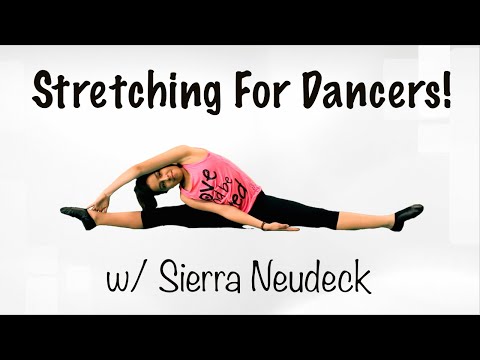
- select several, in your opinion, bright and strong numbers on the network. Watch them 3-4 times, if necessary, more, depending on when you understand the individual movements of the performer.
- keep watching, watching, watching. After looking at a large number of diverse numbers, you will begin to notice their strengths and weaknesses, you will begin to understand how dances are made, what is their structure. Also, choreography is easier to remember when you look at it.
- now start working with the music of the viewed numbers. If you have basic musical knowledge about time signatures, rhythm, beats, your task will be much easier. Try to understand how the choreography reflects the mood prevailing in the music, how the strong beats are highlighted, how the accents are placed, what place the music occupies in the performance.
- pay attention to how the movements are laid out in music, how the performer transitions from one element to another. Only repeated observation will give you the opportunity to understand the smallest details and thereby gain invaluable experience.
All of the above will take you an average of a couple of weeks, for someone more, since the amount of information received is large, it needs to be mastered. (assuming you want to do a quality dance). Now your knowledge base has increased significantly. You know a lot of individual elements, remember them and can draw. You have begun to develop a taste: now you know exactly how you DO NOT want to see your dance, but how it would be nice. There is confidence in how to do it right.
Now you have come to one of the most difficult tasks in creating a dance - the choice of music. This is the most important step, because everything in your dance depends on the music. When choosing music, you should keep the following in mind:
1. Don't pick the biggest hit of all time. The very first and easiest thing you will want to do, because this music is your favorite. But tens of thousands of other people like it, and this puts a burden of responsibility on you: you can’t dance badly to such music. (of course, if you plan to show your dance to someone or put it on the net) Do you have enough knowledge and skills to match such a composition? If you still decide to do it, great. But you need to work much more and more painstakingly.
(of course, if you plan to show your dance to someone or put it on the net) Do you have enough knowledge and skills to match such a composition? If you still decide to do it, great. But you need to work much more and more painstakingly.
2. Music should inspire not today or tomorrow, but for many days in a row. This is the most important criterion, music is the main assistant in the work of the imagination. Look for music carefully, for a long time, until one of the compositions affects you. The search will be greatly facilitated by the selection of songs, which are in great abundance on the Internet. (They were made up of those who have already traveled the path in search of "their" music).
3. When you've settled on a few songs that you really like and inspire you, you should listen to them and choose one, no matter how difficult it may be. So, try to choose music with development: it should be interesting, changing, with a story, with a climax, with bright accents. Listen to the music and imagine the movements of the arms and legs that can be portrayed under it.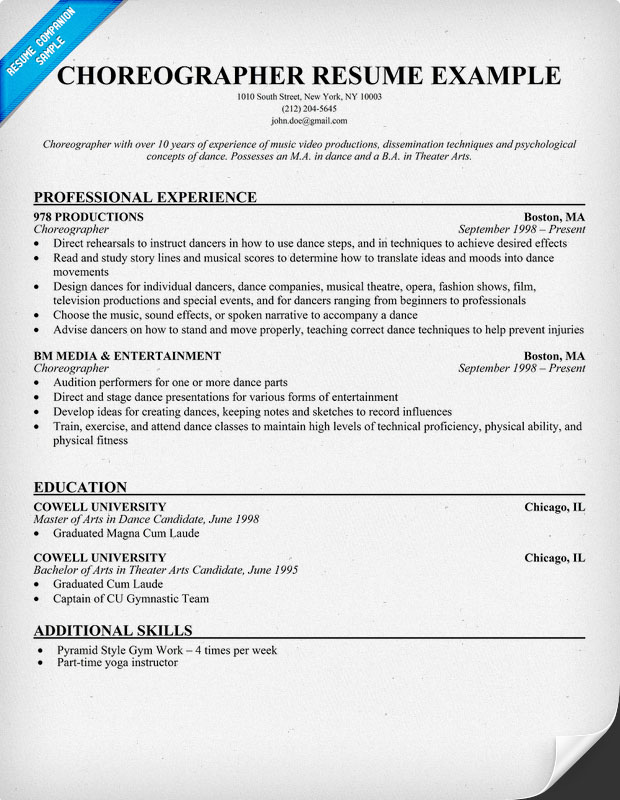 Of course, you can do a performance with monotonous music (a rather trendy and interesting phenomenon), but then your choreography should be stunning in order to distract the viewer from the sound.
Of course, you can do a performance with monotonous music (a rather trendy and interesting phenomenon), but then your choreography should be stunning in order to distract the viewer from the sound.
4. If you feel the slightest doubt about the choice of music, keep looking! Time will not be wasted, the music will give you a great dance.
So, you have chosen the music, now it's time to move on to the most responsible - composing the dance. If a story comes to mind while listening, let it come to life! Dancing a story is always interesting, and making up a dance becomes much easier.
Next, you should apply some knowledge of the musical part. You have almost memorized all the transitions and climaxes in music, so let's get straight to the point:
1. Turn on the music and listen to it before the new musical phrase. You will clearly hear this transition. Listen again, identify how many "accounts" this musical phrase takes: 16, 24 or 32? Now you know exactly how much time and “accounts” you have for movement.
